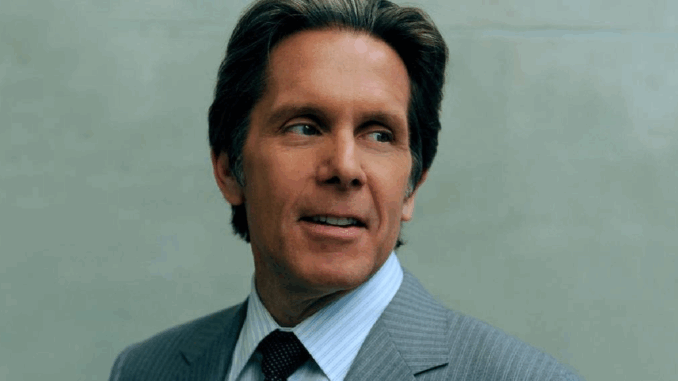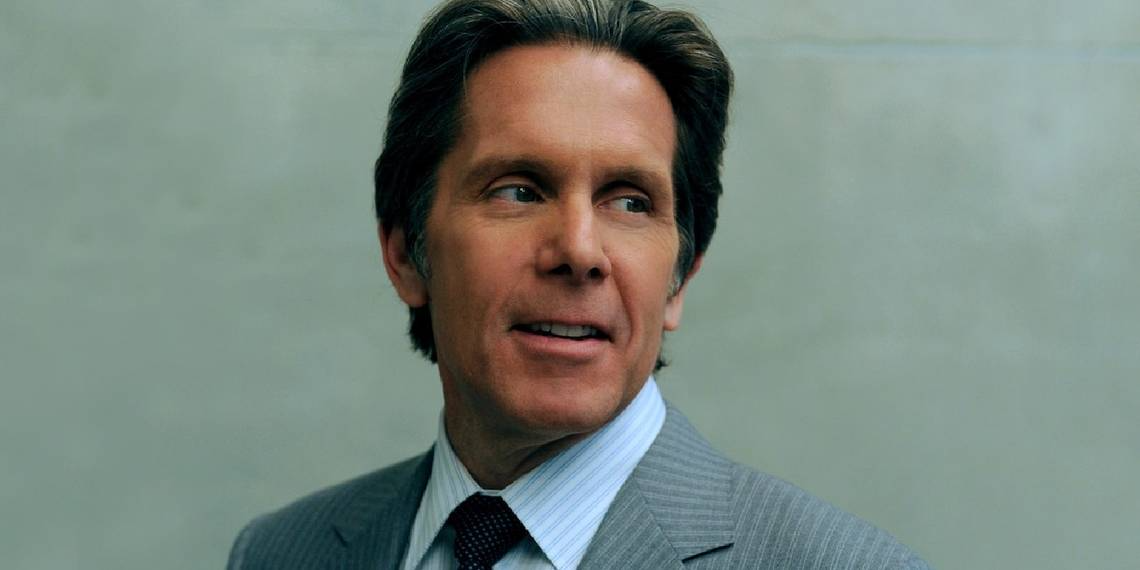
Gary Cole first attracted attention and praise as an actor for his haunting performance as convicted murderer Jeffrey MacDonald in the 1984 television miniseries Fatal Vision. Over the next 20 years, Cole specialized in projecting deceptiveness and false charm, as seen with his chillingly charismatic performance as corrupt Sheriff Lucas Buck in the acclaimed 1990s horror television series American Gothic.
One of Cole’s most nuanced portrayals of a generally unlikable character is featured in the 2002 psychological thriller film One Hour Photo, which stars Robin Williams as Sy Parrish, a lonely photo technician who has an unhealthy obsession with a seemingly idyllic family whose photos he’s developed for many years. Cole plays Sy’s unsympathetic boss, Bill Owens, in a role that functions as a serious version of Cole’s hilarious performance as clueless office supervisor Bill Lumbergh in the 1999 black comedy film Office Space.
One Hour Photo is dominated by Williams’ brilliant performance as Sy, whose reflexively calm voice and cheerful smile mask a lifetime of loneliness and pain. In contrast to his sinister turn as serial killer Walter Finch in the 2002 psychological thriller Insomnia, Williams’ performance in One Hour Photo inspires fear and sadness. One Hour Photo, along with Insomnia, established Williams as an actor who was entirely convincing within a villainous screen persona, which Cole had perfected long before One Hour Photo.
In One Hour Photo, Robin Williams’ character, Sy Parrish, is a photo technician at a one-hour photo lab at SavMart. In this fictional big-box store, the perpetually lonely Sy lives vicariously through processing his customers’ personal photos. The theme of loneliness in One Hour Photo is embodied by the detached and withdrawn nature of the photo lab, which appears to be exiled from the rest of the boundless, fluorescent-lit store. While Sy thinks of his work as a vital service to his customers, Sy’s boss, Bill Owens, played by Gary Cole, views him as being entirely dispensable.
Sy finds a sense of family through his regular customers, especially the Yorkin family, consisting of husband Will, wife Nina, and their observant son, Jake, whom Sy regards as his surrogate family. In addition to processing the family’s photos, Sy keeps a set of their prints for his own private collection, which is assembled unnervingly in a wall shrine in Sy’s tiny apartment. Like Gene Hackman’s surveillance expert Harry Caul in the 1974 thriller film The Conversation, Sy’s job requires him to see too much for his own good.
Sy’s sickness in One Hour Photo is also clearly evident in his relationship with Bill, who unceremoniously fires Sy from the photo lab after discovering that Sy made many more prints than were ordered and paid for. In a peculiar move, Bill allows Sy to finish his current work week at the store instead of immediately terminating Sy. When Sy later returns to the store as a customer to develop photos he secretly took of Bill’s young daughter, Bill’s horrified reaction is immediate. In that moment, he shifts from a character the audience despises to someone they can at least relate to.
There Is More to ‘One Hour Photo’ Than Meets the Eye
Like Travis Bickle’s descent into madness in the 1976 film Taxi Driver, Sy’s psychological trauma and sense of alienation in One Hour Photo compels him to become a deeply flawed avenger. After Will Yorkin’s lover happens to give Sy illicit photos to be processed, and Sy recognizes Will’s adultery, and with it the seeming destruction of Sy’s perfect family image, he sends the photos to Will’s wife before confronting the lovers at knife-point in a hotel room. For Will, whose actions have been disturbing, though not necessarily criminal, up to this point in the film, the act of terrorizing Will and his lover is justified as a means of purging his own traumatic childhood memories.
While Sy Parrish’s increasingly disturbing behavior in One Hour Photo seems initially primarily attributable to his loneliness and social isolation, the film peels back the layers of Sy’s twisted psyche to reveal that hismental instability is a manifestation of the effects of childhood trauma. In a police interrogation scene, he reveals that the images of Will’s adultery triggered memories for Sy of being exploited by his father for child pornography, thus instilling in him a need to take revenge for Will’s destruction of the family that Sy had grown to love and respect infinitely more than his own. The camera is a powerful vessel through which he punishes Will while reckoning with his past. For Sy, there’s nothing pretend.
Gary Cole Had a Long and Winding Career Before ‘NCIS’
Just as Mark Harmon’s iconic portrayal of Special Agent Leroy Jethro Gibbs on NCIS has seemingly overshadowed his previous career, Gary Cole’s now lengthy run as Special Agent Alden Parker on NCIS has given Cole the highest level of fame he’s ever achieved in his 40-plus-year career. However, while Harmon’s short-lived feature film career failed to make a strong enough impression to meaningfully alter his legacy, many of Cole’s film and television credits have attained an enduring audience following.
For Cole, the role of Bill Owens in One Hour Photo is emblematic of the calculating, shifty authority figures he regularly played in the 1990s and 2000s, in films like A Simple Plan and In the Line of Fire, where Cole’s primary purpose is to obstruct the protagonist’s mission. However, Cole’s impressive versatility has enabled him to avoid the curse of typecasting, as seen on NCIS, in which Cole plays an authority figure everyone seems to like.

